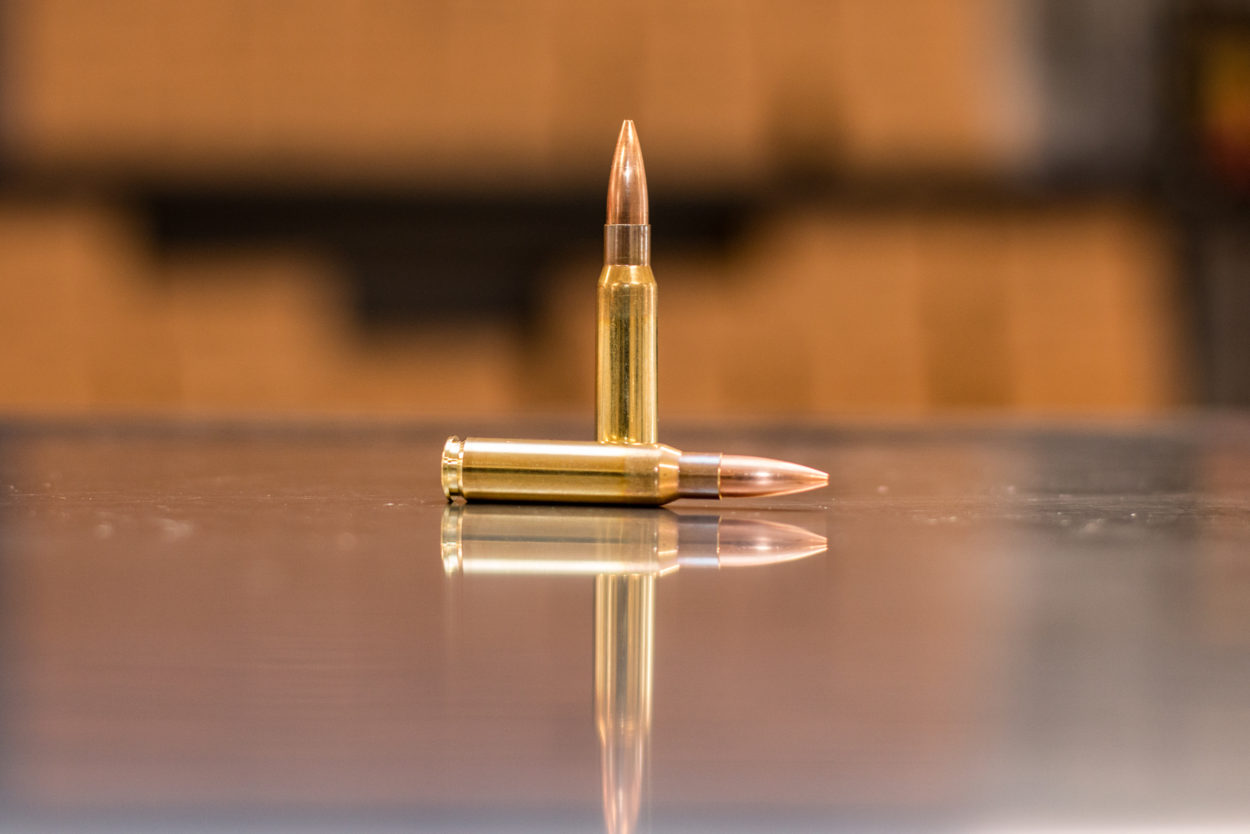
All I hear is trigger breaking and "thump." I've shot hundreds of 'em. These do really well out of a suppressed 24" Rem 700 PSS, no keyholes, at about 1050-1080 fps. Lapua SS runs around $3 a round, TTI was about half that (they still in business?), EBR Thumper about a buck a round, there are several others in the game. Stock/OEM subtonics seem to use VV powders, less than 10 grains (I bought and disassembled a few) as far as I can tell, but, as they're proprietary, the mfr.'s not going to tell you what powder they use. Some argue for bulky powders, others for FAST powders so as not to cause detonation when what you want is just a quick pressure spike. Load I decided on is a 180 grain Sierra RN, 2.700" OAL, Win Standard primers and 8.2 grains of BULLSEYE. Thanks normbal.ĭo some googling on this one, it's been beaten to death, especially in Finland of all places where buying a suppressor is cash and carry. I have found that using Bullseye for cast 44 mag subsonic resulted in leading in the bore. You need to know the range to the target very well in order to ensure correct shot placement.Įdited to add I forgot about using Bulleye. With a 200 yard zero, you will still be at least a foot high at 100 yards. Past 200 yards a subsonic bullet is moving downhill very quickly. It has been my experience that you can expect your groups to average 1.5 to 2 times larger with subsonic ammo in a gun intended for supersonic ammo. Magnum primers give more consistent ignition and lower standard deviations. 1-10 is good for round noise 220 grain bullets, but they will keyhole with a 1-12 twist. Start with about 15 grains in a 308 case and a 220 grain bullet.Įnsure your twist is right. H110, V110, 4227 and any other magnum pistol powder is good for subsonic rifle loads. I use WC820, it is like H110 and entirely safe to use in reduced loads in rifles. Lowers speeds give less power, higher trajectories and the potential for increased yawing which can be hazardous to your silencer if you are using one.

Faster than 1100 fps and you risk a sonic boom especially in colder temperatures. First, no matter what data you use, you will need a chronograph.


 0 kommentar(er)
0 kommentar(er)
